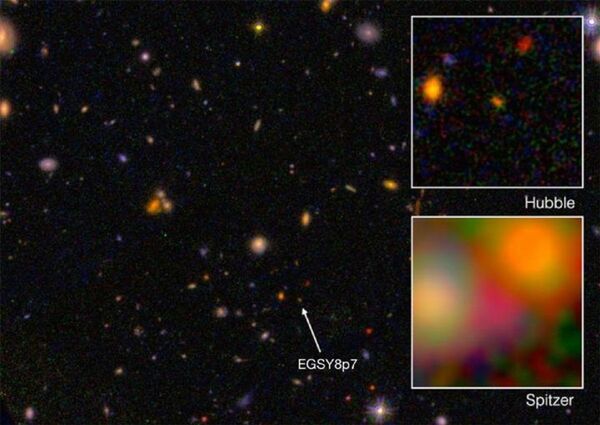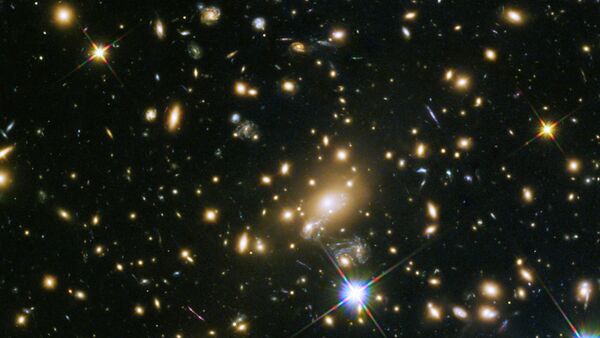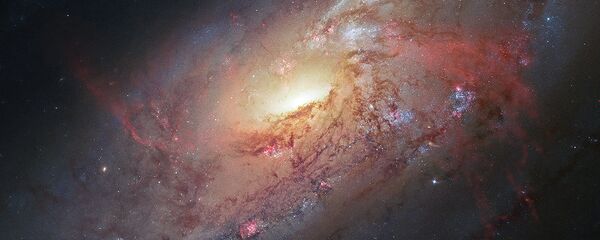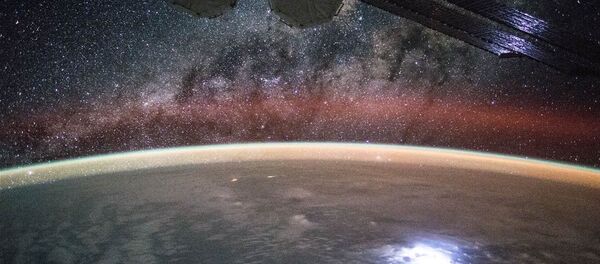The galaxy is named EGS8p7 and is estimated to be more than 13.2 billion years old; the Universe itself is thought to be about 13.8 billion years old.
The researchers, who published their findings in the latest issue of Astrophysical Journal Letters, investigated the galaxy using the multi-object spectrometer for infrared exploration [MOSFIRE] at the W.M. Keck Observatory in Hawaii.
EGS8p7 was identified as a candidate for furthest galaxy after astronomers analyzed infrared data from NASA's Spitzer Space Telescope and data from the Hubble Space Telescope.

Prior to the team's discovery, the furthest known confirmed galaxy, EGS-zs8-1, was calculated to have a redshift of 7.73.
"The surprising aspect about the present discovery is that we have detected this Lyman-alpha line in an apparently faint galaxy at a redshift of 8.68, corresponding to a time when the universe should be full of absorbing hydrogen clouds," said professor Richard Ellis, one of the researchers who worked on the paper.
The Lyman-alpha line, a kind of radiation emitted by young, newly forming galaxies, is the result of hot hydrogen gas that has been heated by ultraviolet emission from new stars.
Its detection is a commonly used indicator of star formation, but the scientists did not expect to observe it from so far away:
"We didn’t think we’d see Lyman alpha at these crazy distances, but we figured it’s worth a shot,” said Adi Zitrin, lead author of the paper, entitled 'Lyα Emission from a Luminous z = 8.68 Galaxy: Implications for Galaxies As Tracers of Cosmic Reionization.'
However, the clouds of neutral hydrogen atoms before the reionization of the Universe would have absorbed certain radiation emitted by young, newly forming galaxies such as the Lyman-alpha line, rendering a galaxy such as EGS8p7 undetectable to scientists.
"The galaxy we have observed, EGS8p7, which is unusually luminous, may be powered by a population of unusually hot stars, and it may have special properties that enabled it to create a large bubble of ionized hydrogen much earlier than is possible for more typical galaxies at these times," Sirio Belli, a graduate student on the project, suggested a reason why scientists were able to detect EGS8p7.
The discovery of EGS8p7, says Zitrin, could even force scientists to rethink their conception of how the Universe was formed:
"We are currently calculating more thoroughly the exact chances of finding this galaxy and seeing this emission from it, and to understand whether we need to revise the timeline of the reionization, which is one of the major key questions to answer in our understanding of the evolution of the universe," says the astrophysicist.



